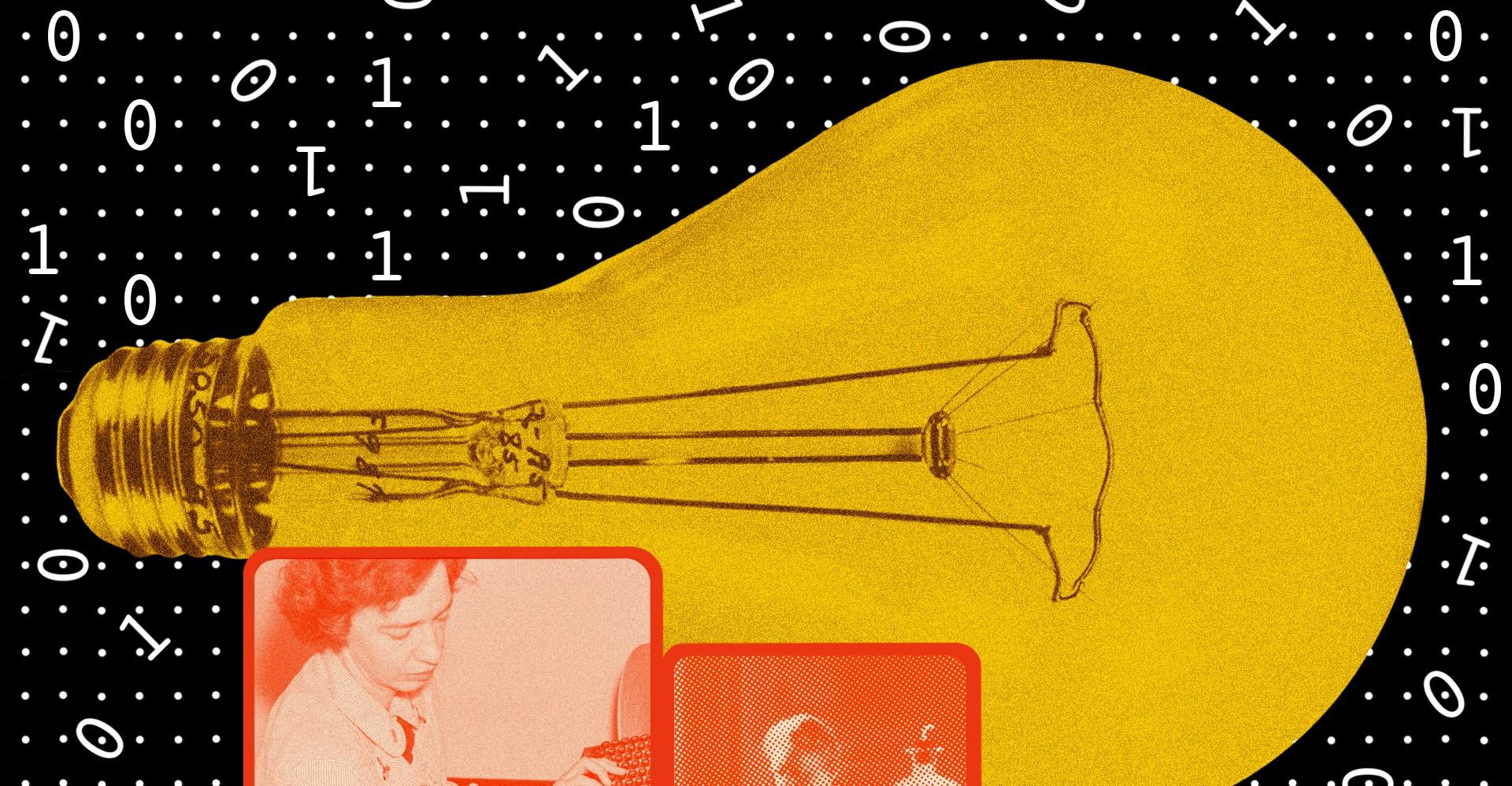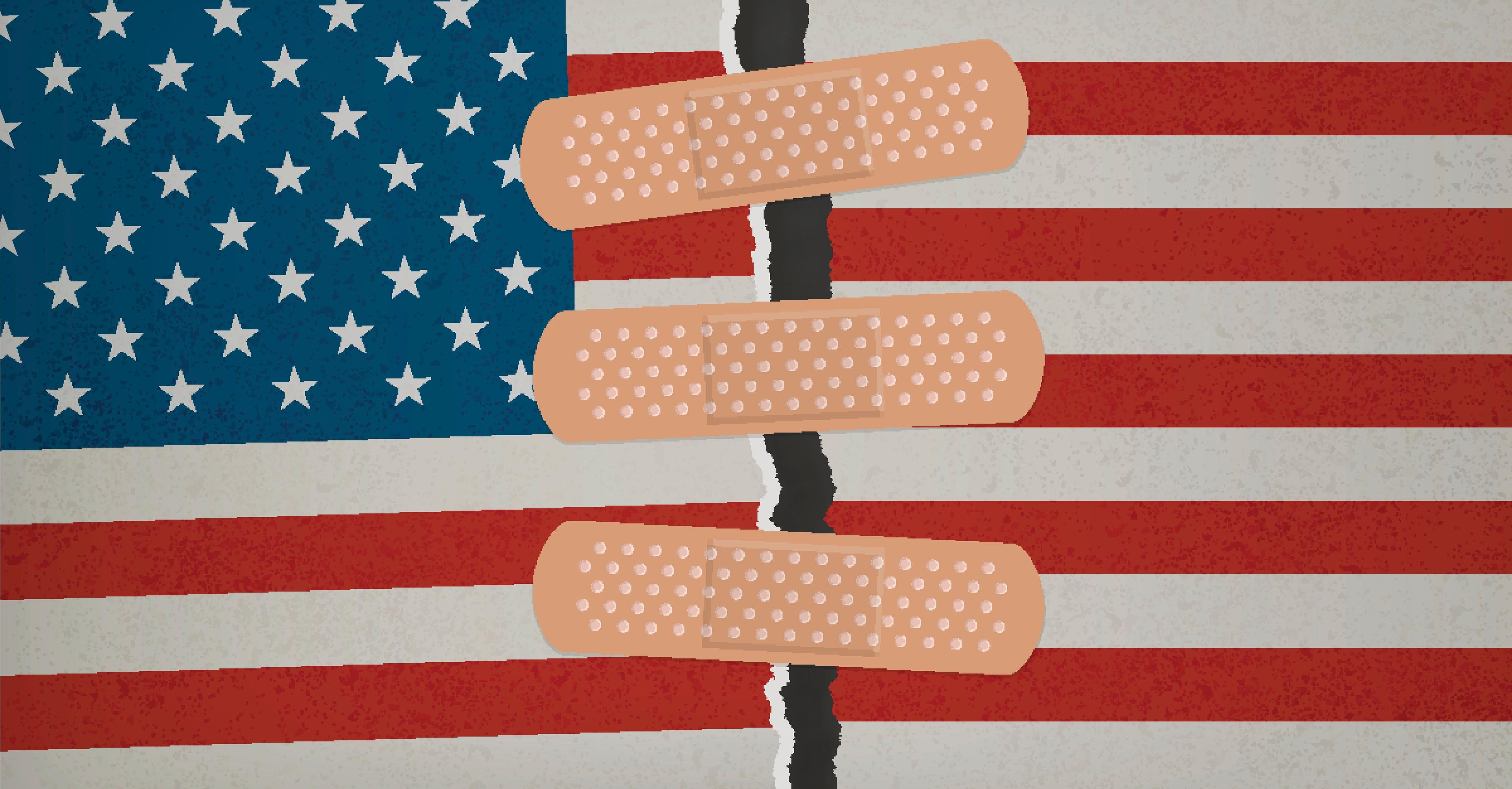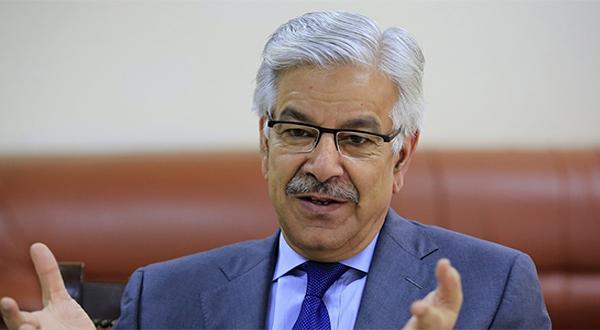Could a whole season — and a way of life — be melting before our very eyes?


A snowy winter in New York City brings with it a kind of magic. The air goes crisp, then bitter, and fragile snowflakes sift down in the early dark, silvering the trees and blanketing the sledding hills in the parks. After the first big snow, children and adults alike rush out to make snowmen, creations that delight passersby for the next two frigid months, until the snow finally thaws. When I took my older son, then a toddler, out for his first-ever sledding session, he squealed with awe at the crystalline world before him, shouting, “It looks like Frozen!”
Today he’s 5, and I doubt he remembers what sledding feels like. It’s been more than 650 days since Central Park, where snow is measured daily, got more than an inch of snowfall at one time; last winter, the park got just 2.3 inches in total, less than one-tenth the normal amount. In early December, Brooklyn saw a few anemic flurries, and my son told me excitedly that his friends had tried to build a snowman during recess. But there was nowhere near enough material to work with. They settled for “a pile of snowflakes.”
This sense of winter melting away before our eyes is not unique to New York: While blazing-hot summers and stormy autumns come with their own dangers, scientists say winter is actually the fastest-warming season. Snowfall is decreasing across the Northeast, the flakes slowly replaced by raindrops. The Great Lakes have experienced a 22 percent drop in maximum ice cover since 1973, and are frozen for a shorter percentage of the year. In December 2022, Utqiagvik, the northernmost city in Alaska, posted its warmest winter temperature ever at 40 degrees Fahrenheit, a full 36 degrees above the frigid average for that time of year.
The effects are felt around the world, from the Southern Cone to the Arctic Circle. For some, the loss of cold is already an emergency, as winter warming exacts a devastating environmental and human toll. But for many, it’s a slow drip, something they notice in the small details of daily life.
These incremental changes alter the way we celebrate holidays, the way we get dressed to go outside, and even, on a deep level, the way we feel. The philosopher Glenn Albrecht has coined the term “solastalgia,” or “the homesickness we feel while still at home,” to describe the disorientation some of us experience as the planet we once knew changes drastically around us.
“There’s this sort of existential offness,” said Heather Hansman, a Colorado-based ski journalist and author of the book Powder Days: Ski Bums, Ski Towns, and the Future of Chasing Snow. “My body knows that this isn’t right.”
Winter is woven into the fabric of human life
Like worsening summer heat waves, winter warming is caused by companies and governments burning fossil fuels. The resulting emissions intensify the greenhouse effect, in which the earth’s atmosphere traps heat from the sun, making temperatures on the ground warmer. The greenhouse effect is strongest at the poles, and it’s also most pronounced during winter, said Kenneth Blumenfeld, a senior climatologist with the Minnesota State Climatology Office.
As a result, the frigid winters many people remember are slowly giving way to something warmer — and weirder. In Minnesota, “It’s not that it never gets cold, because it sure does,” Blumenfeld said. But “it doesn’t get cold as dependably, as frequently, or as severely as it used to.”
“I have some winter jackets that have been two years in the closet without any use,” Juan Antonio Rivera, a researcher at the Argentine Institute for Snow Research, Glaciology, and Environmental Sciences, said in an email. “Frosts in the winter mornings now are a rare thing to see.” (A winter heat wave earlier this year pushed the temperature to 86 degrees in Buenos Aires, where winter highs are usually in the 60s.)
Warmer temperatures around the world are bringing more rain and less snow. As I write this, for example, the Christmas trees for sale down the block are being soaked in a very un-Christmassy downpour. But even as overall snowfall declines, extreme snowstorms are increasing in some places, and there’s some evidence that climate change is leading to more intense cold snaps in places like Texas and California, where the infrastructure simply isn’t built for snow and ice.
Winter can be a bleak and unforgiving season, but it’s also one for which different cultures around the world have developed unique coping mechanisms — and even one many people have come to love. In northern Minnesota, where the season can stretch for six long, dark months, “it’s sort of built into how we live,” Blumenfeld said. Residents have made winter pastimes like ice-fishing, skating, and snowshoeing into thriving industries, with specialized gear and dedicated vacation destinations. “From the outside, it looks like it’s a celebration of winter, but it’s really just what people do.”
When psychologist Kari Leibowitz conducted research in Tromso and Svalbard, Norway, hundreds of miles north of the Arctic circle, she found residents had what she calls a “positive wintertime mindset”: Rather than approaching the winter with dread, they tended to talk about what they were looking forward to, from sitting in front of a fire to skiing to watching the beautiful four-hour sunsets of the polar night. “The winter is a really special time in Tromso,” said Leibowitz, author of the forthcoming book How to Winter: Harnessing Your Mindset to Embrace All Seasons of Life.
But as winters warm, many of the activities humans have developed to survive and thrive during the colder months are slowly vanishing. Skiing, for example, is becoming more difficult in Norway and around the world as rain replaces snow. Leibowitz said that she fears that climate change will leave Norway with the darkness of polar winter but none of its joys. “We won’t have snow to reflect the light. We won’t have ice to make beautiful patterns. And we won’t have all of the recreational activities that come with snow and ice.” One study estimates that, in a worst-case scenario, the majority of US ski resorts will be unable to continue operating before the century’s end.
The decline of sports like skiing has real economic and social effects, experts say. When the weather isn’t cold, “people don’t book vacations, they don’t buy gear, they don’t think about winter,” Hansman said. In towns that rely on skiing and other outdoor tourism, the entire economy can suffer.
In mountain towns in the US, the loss of a source of connection, meaning — and jobs — can also have psychological effects. “A lot of cold places in the Mountain West have remarkably high suicide rates and poor mental health outcomes,” Hansman said. “If you don’t have that sense of purpose, if you don’t have that sense of community, if you’re not seeing your friends out and about, that can have a negative impact.”
The change to winter can also affect people’s sense of who they are. “In Svalbard in the winter, you can snowmobile across the fjord to go camping, you can go ice climbing,” Leibowitz said. “In Tromso, you can ski to work.”
“These activities are a part of the fabric and culture of these countries,” she said. Losing them is “really going to change people’s relationship with the places where they live.”
Experts sometimes use the terms climate grief and climate anxiety to capture the emotional impact of the current environmental crisis. In a 2005 paper, Albrecht described developing the term solastalgia to capture the pain expressed by residents of Australia’s Hunter Region as they saw their local landscape scarred by open-pit coal mining. He combined the word nostalgia, which originally referred to an actual illness caused by displacement from one’s home, with the concepts of solace and desolation.
Nostalgia for winter could help save it, some experts say
While the warming of winter still manifests in some parts of the world as a sneaking sense of something amiss, it has already reached crisis proportions across much of the Arctic and subarctic. In Alaska, for example, the disappearance of sea ice, habitat destruction, and disease caused by warming waters have made it difficult or impossible for indigenous hunters to catch marine mammals, a practice that has been their livelihood for thousands of years. “A relatively small temperature change in sea ice, and also in sea temperatures in the Arctic and subarctic, results in complete ecosystem collapse,” said Joan Naviyuk Kane, an Inupiaq poet and essayist who grew up in Alaska. For many of her friends and community members, “a subsistence lifestyle is no longer within reach.”
People who live and work in cold climates are finding ways to adapt to their new reality. In Alaska, some indigenous communities are learning reindeer herding from Sami practitioners, Kane said. When hunters can no longer rely on the sea, “some of these land-based practices actually may help us continue to survive into the future,” she said.
For Kane, sorrow isn’t a meaningful frame for thinking about the loss of people’s way of life. “Indigenous people can perform grief and perform our trauma endlessly if that’s what non-Indigenous people want,” she said. But “by doing so we’re taking away time and energy and resources to engage our anger and to meaningfully enact policy change in the Arctic.”
Some experts believe that nostalgia for a vanishing winter can be harnessed to fight climate change, reaching people who haven’t yet been personally affected by the crisis in more immediate ways. “For a lot of people, recreation or a family vacation or the places where they’re open to the environment” can provide a much more relatable, concrete example of the unfolding disaster than statistics about global temperature change, Hansman said. The group Protect Our Winters, for example, founded by pro snowboarder Jeremy Jones, brings together winter sports enthusiasts to reach out to voters and lobby lawmakers on climate issues. It is already making headway influencing legislation on renewable energy infrastructure and more.
Meanwhile, the long, chilly winters of yesteryear — and the way people responded to them — may still have something to teach us. Positive wintertime mindset is about adapting to your circumstances, both realistically and optimistically, Leibowitz said. That same can-do spirit can help us “think about what’s possible” when it comes to fighting climate change, she said.
“Our mindset can help empower us to see opportunities in difficult things,” and it can help us feel “inspired to work towards protecting winter,” Leibowitz said. “Changing our relationship with the darkness might inspire us to say, what else can I envision?”

How do you know if you’re wasting your life?
- 8 hours ago
Diaz picked Dodgers because 'I'm looking to win'
- a day ago
Source: Gray, Nats reach deal to avoid arbitration
- a day ago
Australian PM declares Sydney shooting a ‘terrorist’ attack targeting Jews
- 15 hours ago

Pakistan condemns attack on UNISFA in Kadugli, Sudan
- 15 hours ago
NHL board of governors eager to see more 'color vs. color' jersey matchups
- a day ago
Sources: Rangers address needs with 3 signings
- a day ago
Jays president Shapiro given new 5-year deal
- a day ago
Pakistan aims to become model in digital assets regulation: Bilal saqib
- 15 hours ago
Security forces kill 13 Khwarij in two separate engagements in KP: ISPR
- 16 hours ago
Bondi Beach shooting: Australia hails ‘hero’ Ahmed who stopped gunman
- 15 hours ago
Under-19 Asia Cup: India beat Pakistan by 90 runs
- 16 hours ago








